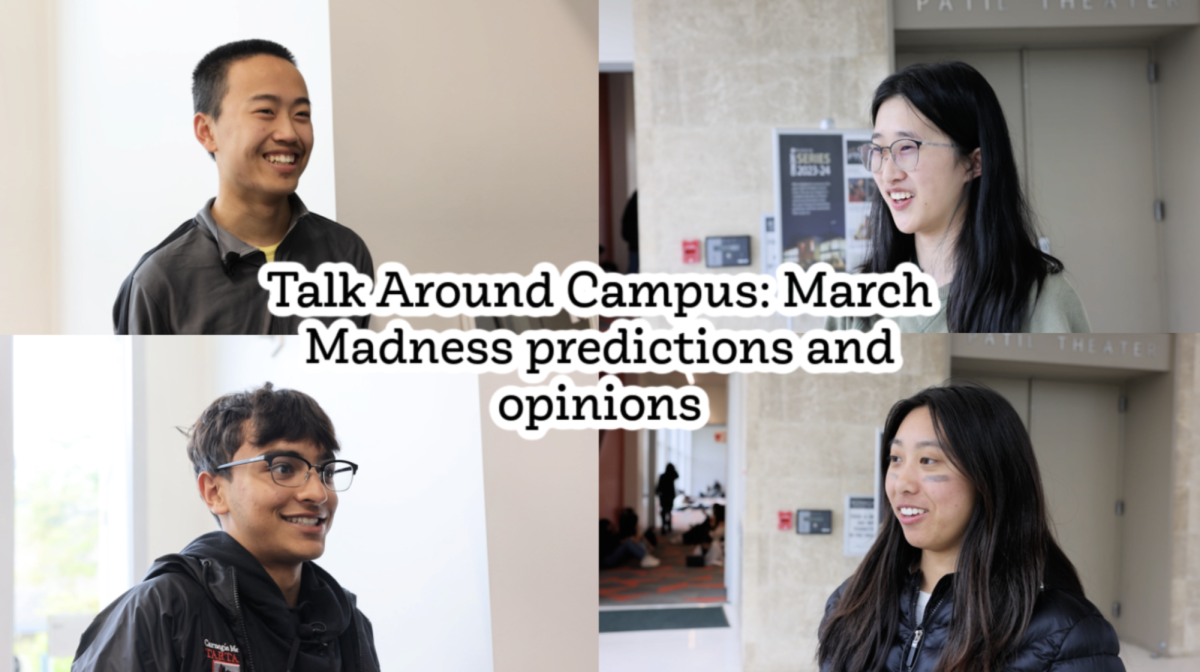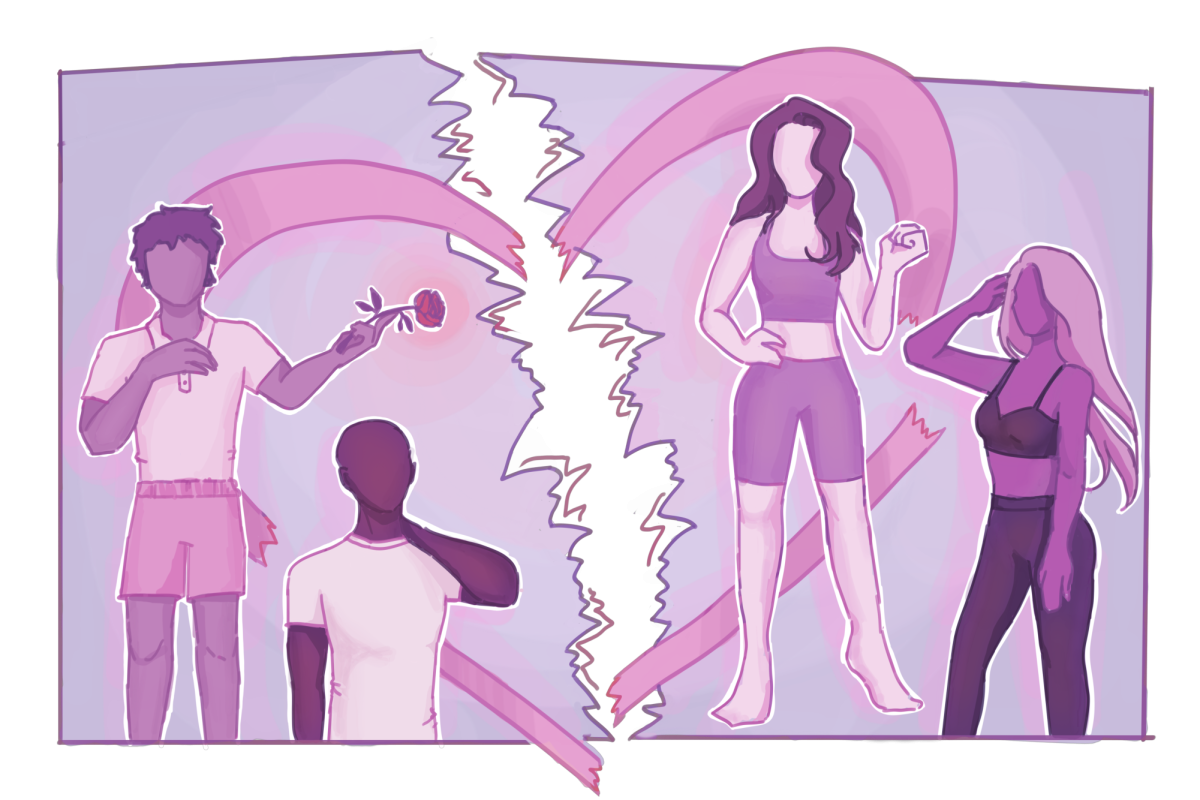A surge of exhilaration and ecstasy swelled inside my heart as I watched the Miró Quartet perform the last movement of Dvorak’s American String Quartet.
With his eyes closed and a slight frown across his forehead, the first violinist gracefully swayed back and forth to the pulse of the music, keenly vibrating the highest note on his E string.
Sitting further behind the first violinist, the second violinist almost stood up from her chair to play her solo part and twisted her body in all kinds of motions to be heard by the audience. A deep and rich sound exploded from her small frame.
Then the cellist, unable to control his rousing emotions, hugged his instrument and danced with it, moving right to left while stomping his feet on the ground.
And finally the violist, who had been carefully watching all the cues given by the other members of the quartet, suddenly wheeled around his chair and turning directly towards the audience, started to crank out his once-in-a-lifetime solo part with utmost conviction.
Zealously observing every single breath and gesture of the musicians, I sat at the very edge of my seat, stunned by the emotionally overwhelming performance and unbelievably thrilled at the thought of soon entering this new enchanting world of music.
The summer of 2010 marked the beginning of my chamber music journey. For three weeks, I attended a local chamber music festival called Music@Menlo, watching numerous concerts of famous professionals such as the Miró Quartet and the Emerson String Quartet and playing with fellow musicians at the camp.
As a violist myself, I was especially inspired by the splendid performance of professional violists. During my own concerts, I tried emulating not only their rich sound but also their way of communicating with other members of the quartet and using expressive body language to convey musical ideas.
Amidst all the learning and performing, I found myself falling in love with playing chamber music. I liked performing as a chamber group that was small enough so that each member’s part was crucial to the music yet big enough so that there was less pressure weighed on each player. After spending hours in the rehearsal room trying to fix a small section in the piece, it was pure bliss to hear the split-second perfection of four separate voices coming together in complete harmony and matching tone.
Most of all, however, I really began to appreciate chamber music because it taught me more about interpersonal relationships. Chamber music is much more than just a group of people reading a sheet of music at the same tempo and same dynamic; it is an interaction, a conversation, between different characters. Like playing in a sports team, performing chamber music is a collaborative effort. Even if the first violinist is a winner of the most prestigious music competition and plays exceptionally well, the quartet collapses when not all four musicians are playing together. Instead of competing with one another to dominate the stage, we support each other’s sounds with our own, and let certain members of the quartet shine when they have their solo moments. This sense of unity and cooperation that overshadow excessive individualism and egoism is what makes chamber music truly beautiful to me.































![Setter Emma Lee (9) sets the ball to the middle during the match against Pinewood on Sept. 12. “[I’m looking forward to] getting more skilled, learning more about my position and also becoming better friends with all of my teammates, Emma said.](https://harkeraquila.com/wp-content/uploads/2023/09/DSC_4917-2-1200x795.jpg)








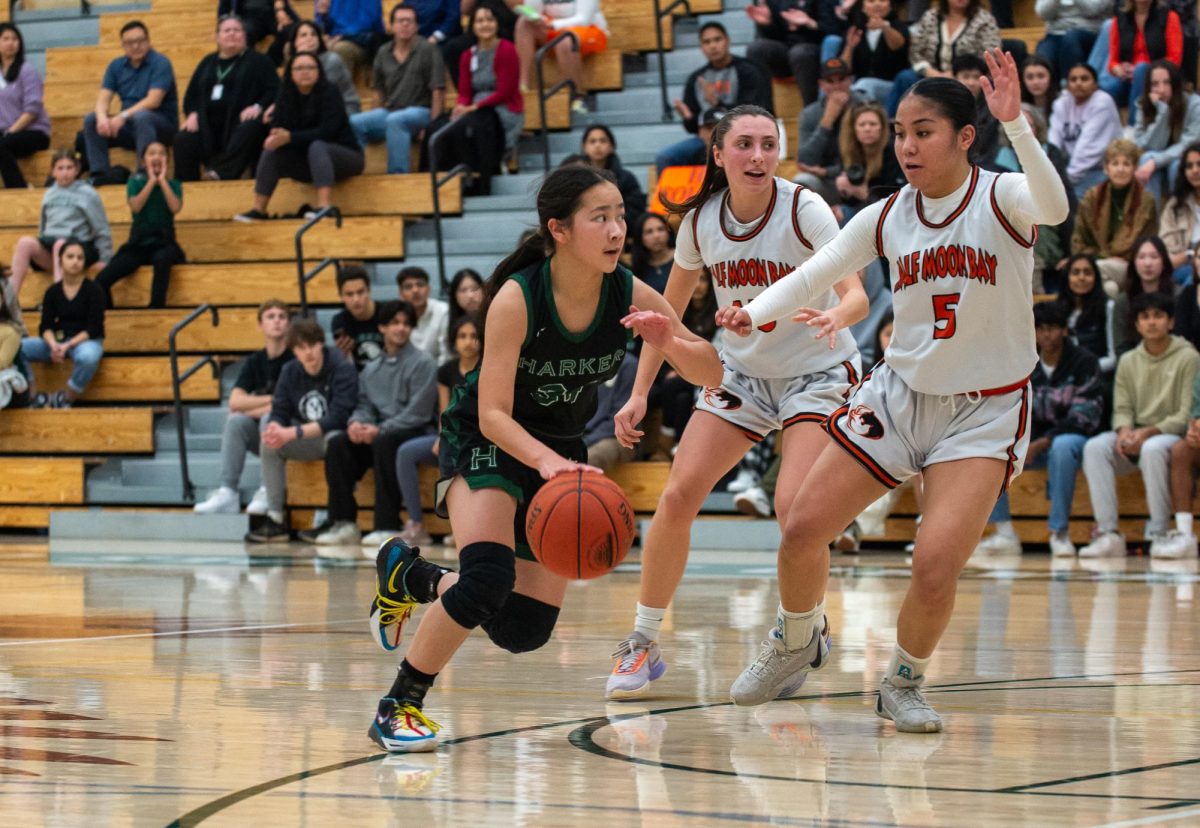























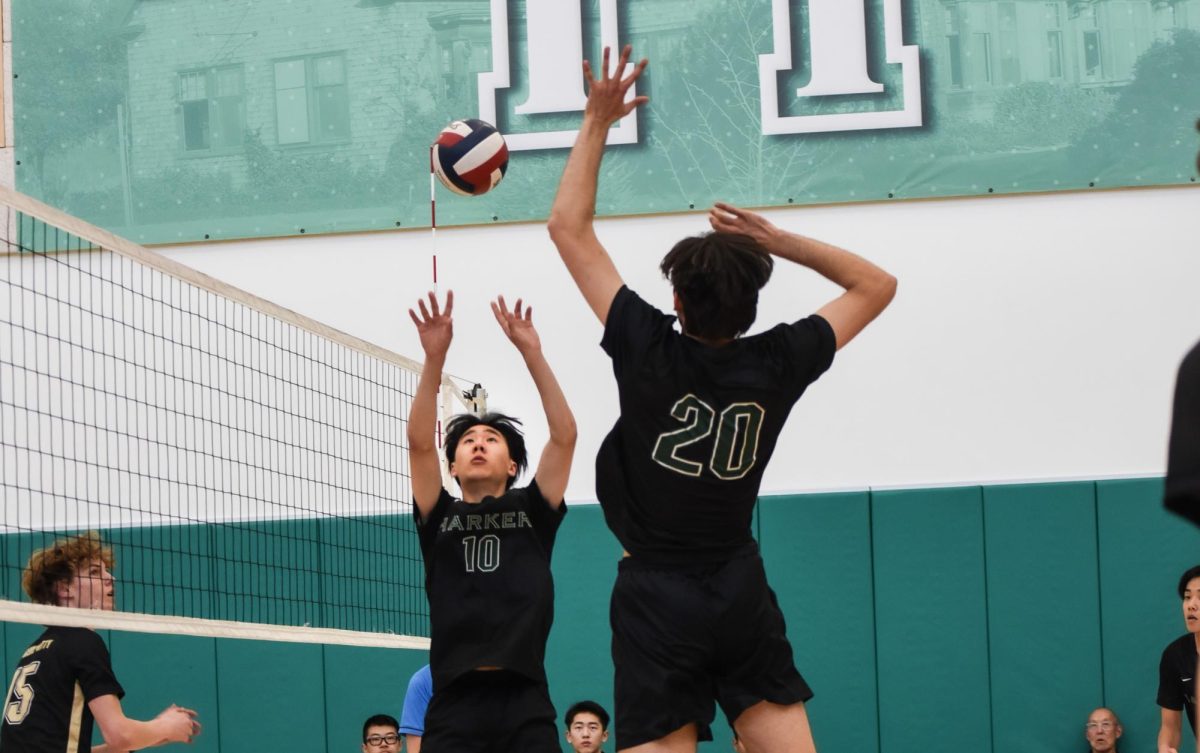
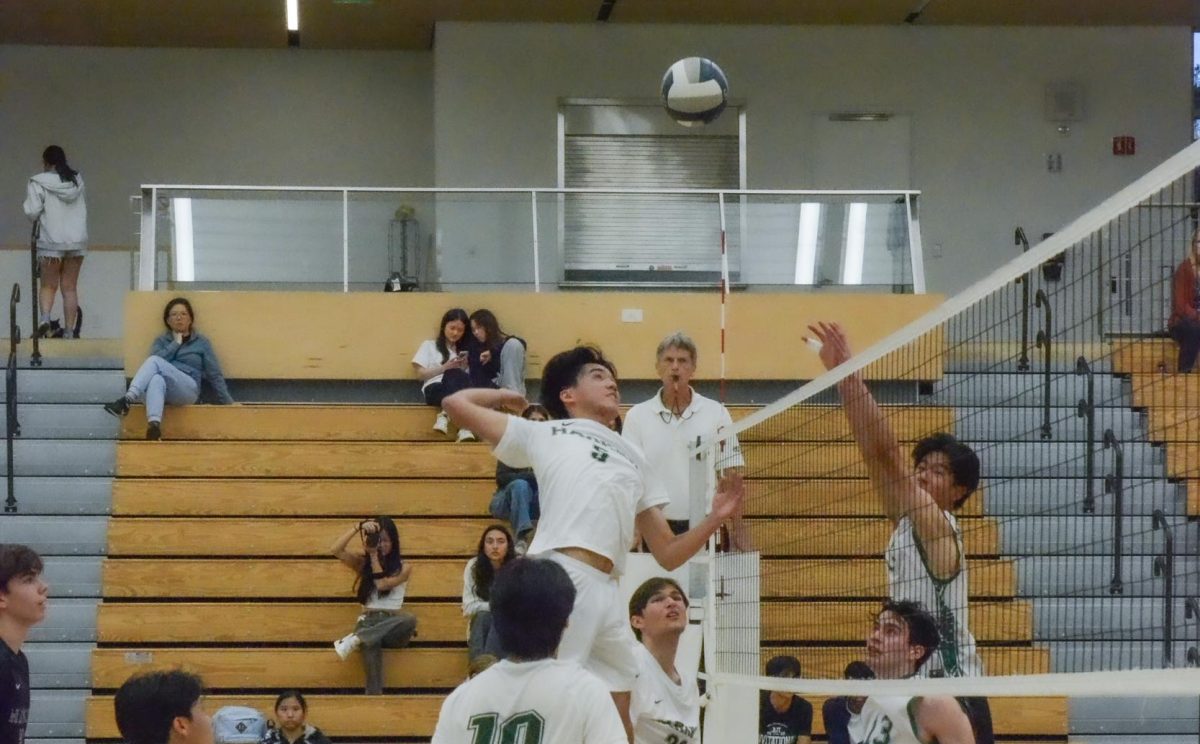

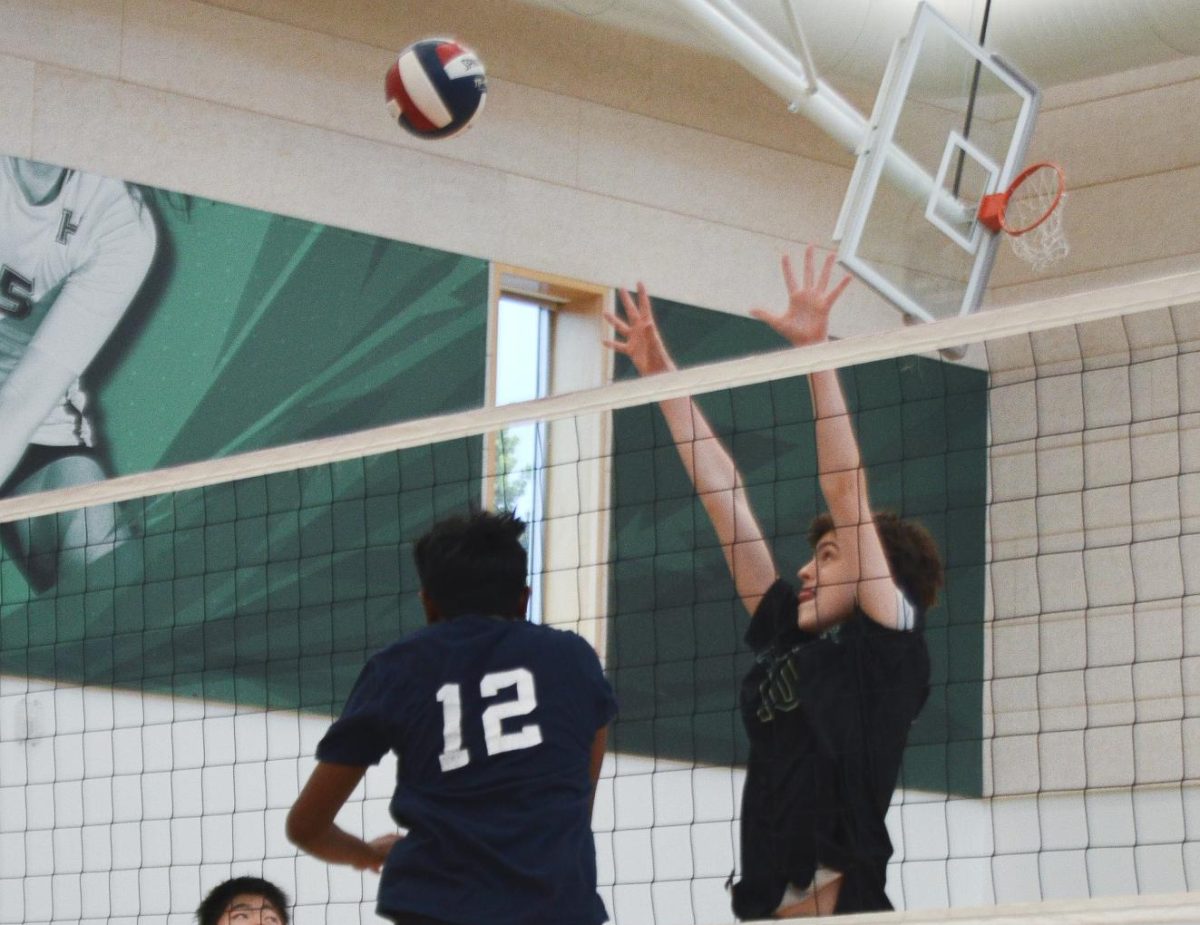
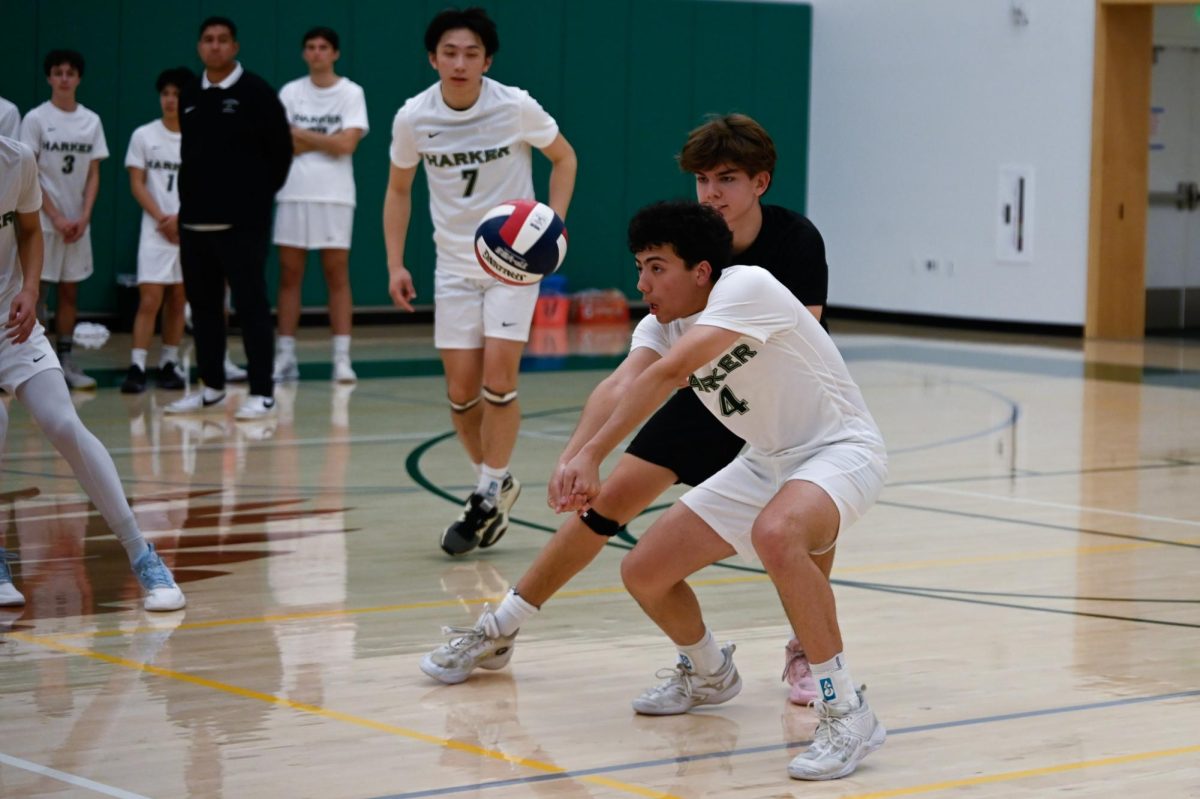




























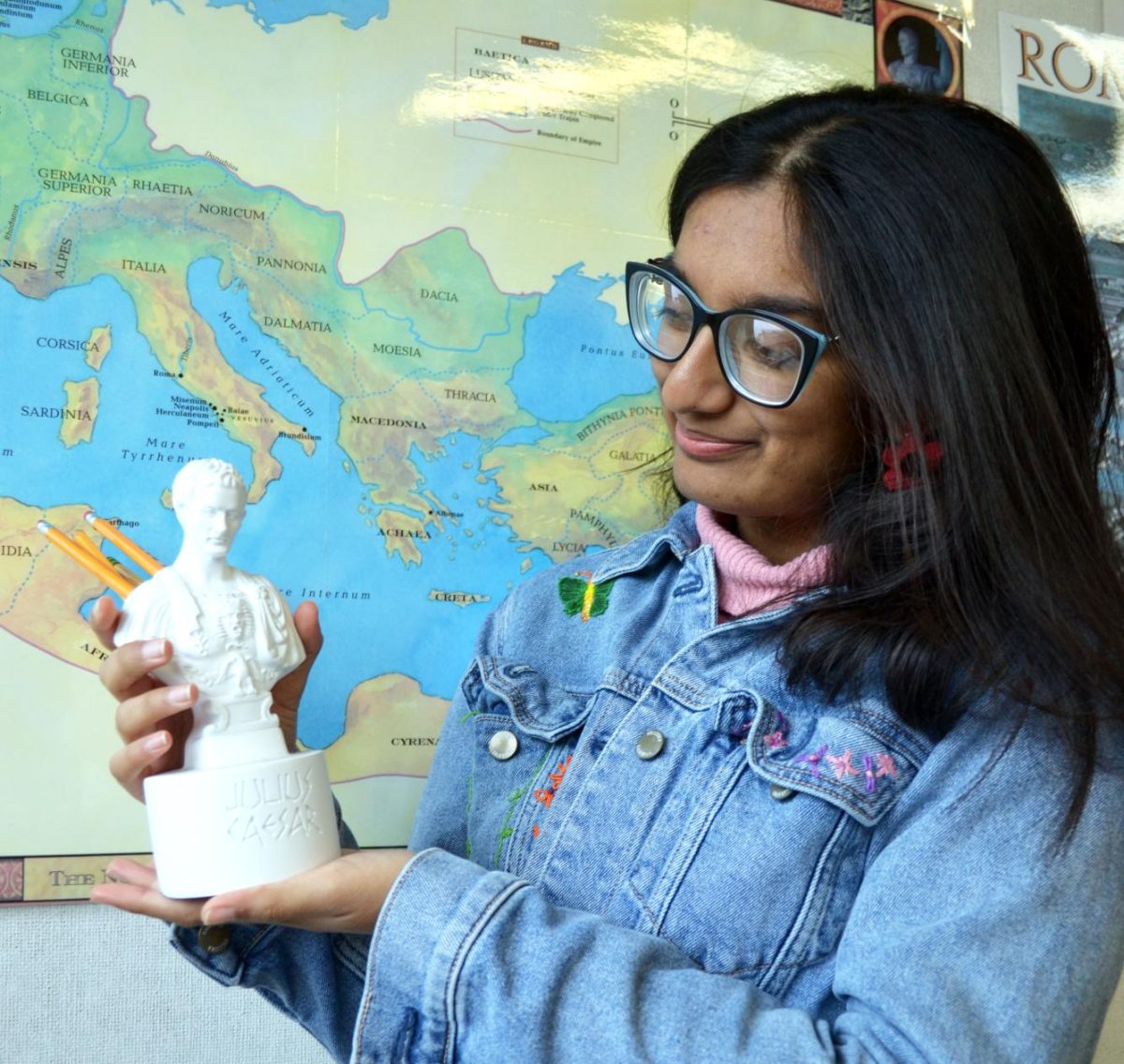
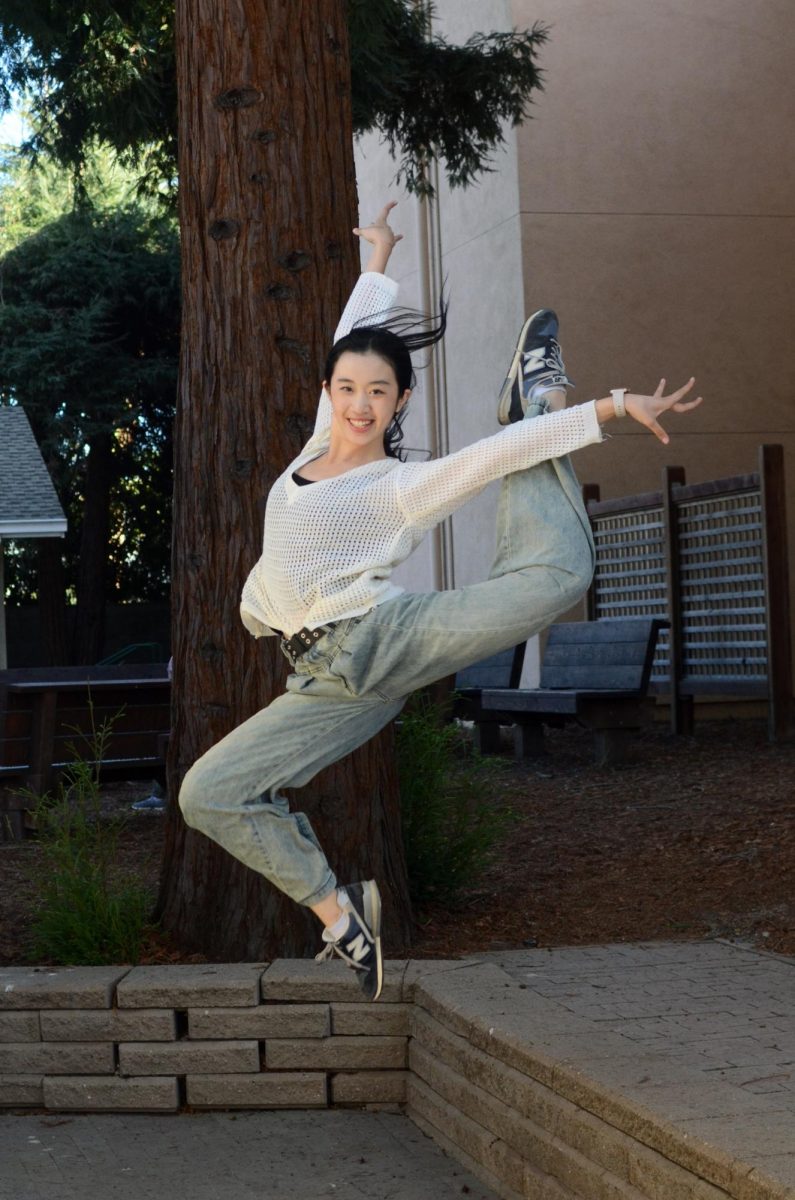
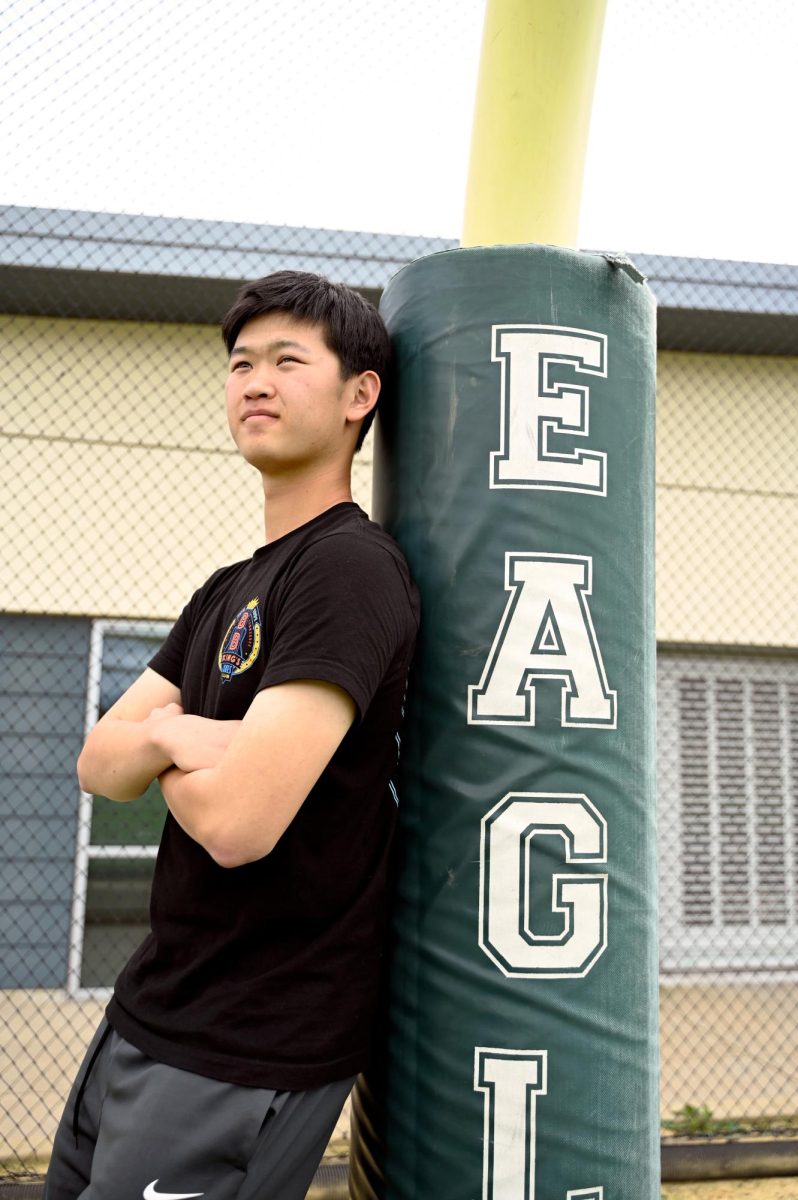

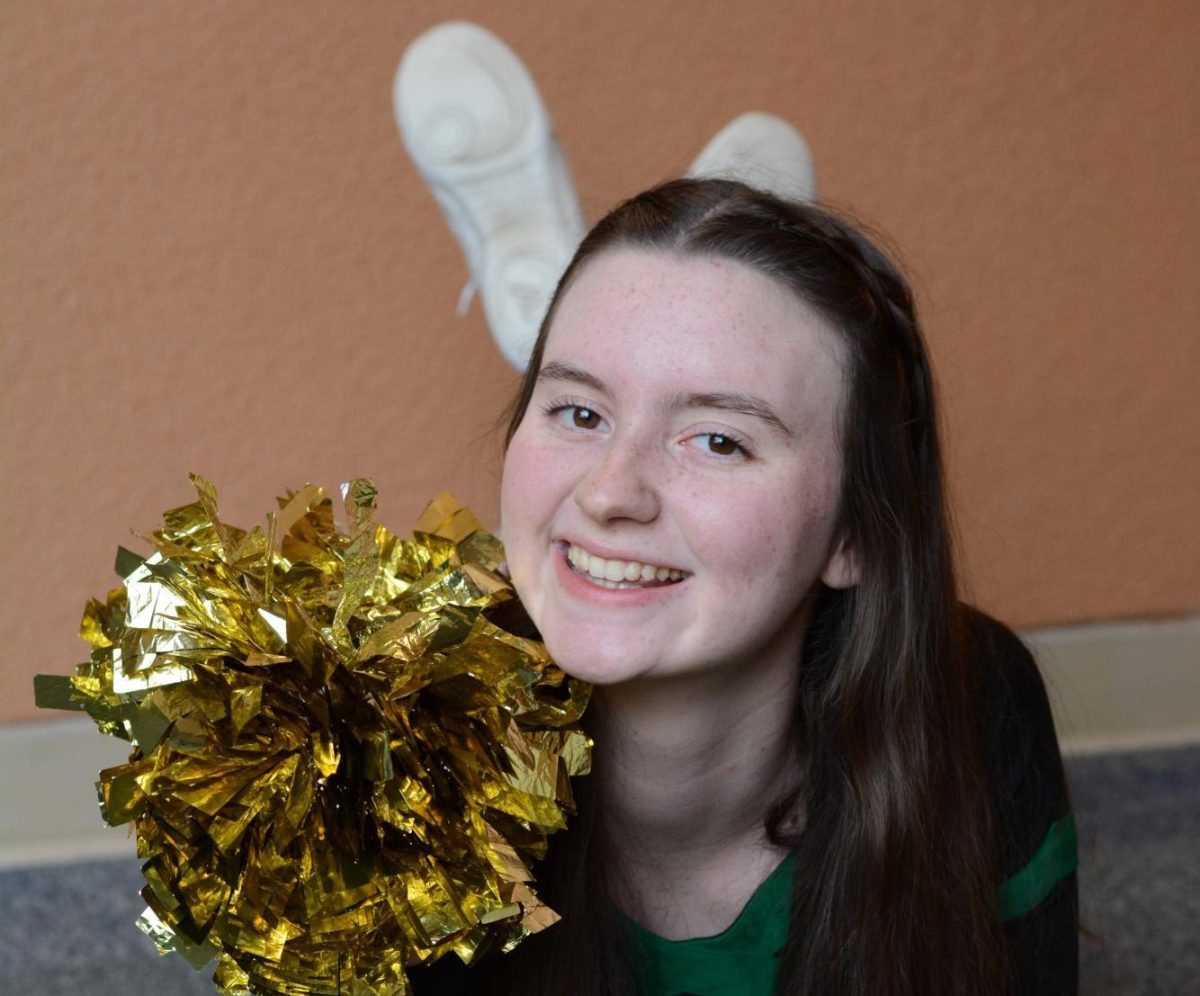








![“[Building nerf blasters] became this outlet of creativity for me that hasnt been matched by anything else. The process [of] making a build complete to your desire is such a painstakingly difficult process, but Ive had to learn from [the skills needed from] soldering to proper painting. Theres so many different options for everything, if you think about it, it exists. The best part is [that] if it doesnt exist, you can build it yourself, Ishaan Parate said.](https://harkeraquila.com/wp-content/uploads/2022/08/DSC_8149-900x604.jpg)


![“Animation just clicked in a way. I had been interested in art, but that felt different. [Animation] felt like it had something behind it, whereas previous things felt surface level. I wasnt making that crazy of things, but just the process of doing it was much more enjoyable, Carter Chadwick (22) said.](https://harkeraquila.com/wp-content/uploads/2022/08/Screen-Shot-2022-08-16-at-9.44.08-AM-900x598.png)


![“When I came into high school, I was ready to be a follower. But DECA was a game changer for me. It helped me overcome my fear of public speaking, and its played such a major role in who Ive become today. To be able to successfully lead a chapter of 150 students, an officer team and be one of the upperclassmen I once really admired is something Im [really] proud of,” Anvitha Tummala (21) said.](https://harkeraquila.com/wp-content/uploads/2021/07/Screen-Shot-2021-07-25-at-9.50.05-AM-900x594.png)



![“[Volleyball has] taught me how to fall correctly, and another thing it taught is that you don’t have to be the best at something to be good at it. If you just hit the ball in a smart way, then it still scores points and you’re good at it. You could be a background player and still make a much bigger impact on the team than you would think,” Anya Gert (’20) said.](https://harkeraquila.com/wp-content/uploads/2020/06/AnnaGert_JinTuan_HoHPhotoEdited-600x900.jpeg)

![“Im not nearly there yet, but [my confidence has] definitely been getting better since I was pretty shy and timid coming into Harker my freshman year. I know that theres a lot of people that are really confident in what they do, and I really admire them. Everyones so driven and that has really pushed me to kind of try to find my own place in high school and be more confident,” Alyssa Huang (’20) said.](https://harkeraquila.com/wp-content/uploads/2020/06/AlyssaHuang_EmilyChen_HoHPhoto-900x749.jpeg)













![“My slogan is ‘slow feet, don’t eat, and I’m hungry.’ You need to run fast to get where you are–you arent going to get those championships if you arent fast,” Angel Cervantes (12) said. “I want to do well in school on my tests and in track and win championships for my team. I live by that, [and] I can do that anywhere: in the classroom or on the field.”](https://harkeraquila.com/wp-content/uploads/2018/06/DSC5146-900x601.jpg)

![“I think getting up in the morning and having a sense of purpose [is exciting]. I think without a certain amount of drive, life is kind of obsolete and mundane, and I think having that every single day is what makes each day unique and kind of makes life exciting,” Neymika Jain (12) said.](https://harkeraquila.com/wp-content/uploads/2017/06/Screen-Shot-2017-06-03-at-4.54.16-PM.png)







